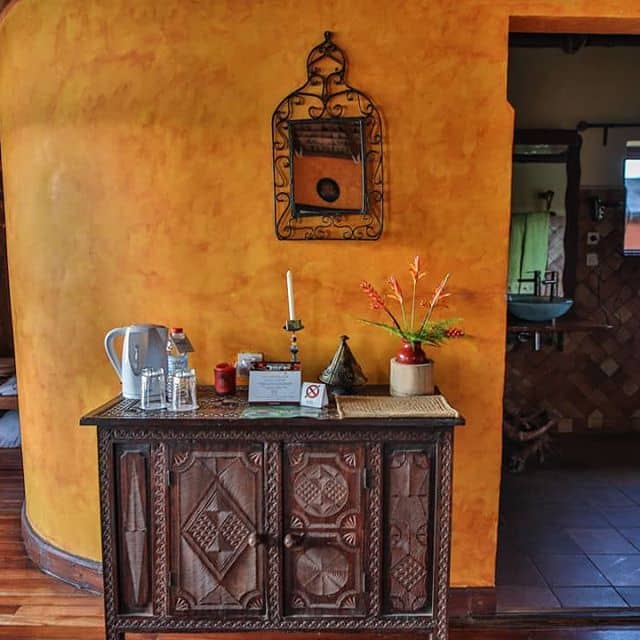The movable arts and so-called decorative arts develop in each ethnic group, the affirmation of different styles but often not devoid of a common spirit is a way of distinguishing oneself and of taking the advantage visually. In the noble houses you can admire doors, bedsteads, pillars, but also shutters with geometric decorations and honey boxes. We will retain here the example of the art of the Zafimaniry, a tribe from the massifs of the center-east of the red island. Let's admire a shutter decorated with geometric patterns: central polylobe broken at its axis housing incised lozenges in a frame of chevrons and palmettes.
No doubt it is not wrong to speak here of a confluence of inspirations not only specific to Islamic art, these same decorations are indeed found on the Comorian oil lampposts or on the doors of the Island of Zanzibar, but also in a purely indigenous inspiration and therefore specific to the Zafimaniry tribe. For their part, the Mahafaly craftsmen combine the stylized representation with the geometric decoration as on the exposed honey pots. There, forms freed from their wooden gangue impose themselves in reserve: warrior, frieze or cartouches presenting zebus, themselves sometimes surmounted by the humpback duck: the latter highly symbolic of the link between the terrestrial world and beyond, here for the iconography of these cult vessels! Anchoring to reality, like geometric abstraction, are perfectly suited to the spirituality and positioning of Malagasy people vis-à-vis the cosmos.
With the Christianization of the Merina Empire, the sacred role of the sculptor tends to disappear in order to honor the orders of the colonists who soon become tourists, the work is faster and often the bill suffers, but some creations are still remarkable.
Regarding painting, by decree of December 11, 1895 the Museum of Fine Arts of Antananarivo was created, in the middle of the colonial age, it will serve as an example for several generations of Malagasy painters who were followers of the academicism in vogue at the Paris Salon. Also, in a last and somewhat belated nod to the fascination exerted from this island in the Indian Ocean, here is the painted work of the Frenchman Albert Dequene* in 1954: of a Sakalava woman, who retains in her only look, probably for a few more centuries, all that, here, could not be said.
*Albert Charles DEQUENE, orientalist painter, 1897-1973






Comment (0)